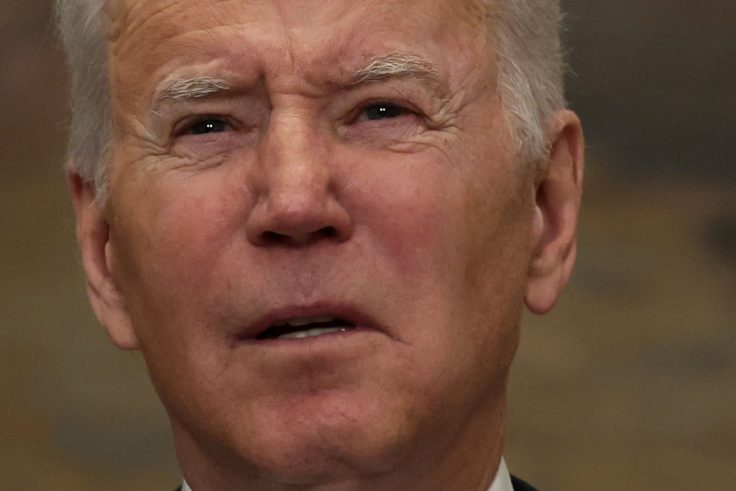By Lucia Mutikani
WASHINGTON (Reuters)—The U.S. economy added jobs at a solid clip in February, likely ensuring that the Federal Reserve will raise interest rates for longer, though wage inflation showed signs of cooling.
Nonfarm payrolls increased by 311,000 jobs last month, the Labor Department's closely watched employment report showed on Friday. Data for January was revised lower to show 504,000 jobs added instead of the previously reported 517,000.
Economists polled by Reuters had forecast job growth of 205,000. They say the economy needs to create 100,000 jobs per month to keep up with growth in the working-age population.
Estimates for February payrolls ranged from as low as 78,000 to as high as 325,000 jobs.
The larger-than-expected increase in payrolls suggested that January's surge in hiring was not a fluke.
Economists had argued that job growth in January was flattered by a host of factors, including unseasonably warm weather, annual benchmark revisions to the data as well as overly generous seasonal adjustment factors, the model the government uses to strip out seasonal fluctuations from the data. Robust consumer spending growth in January was also partially attributed to seasonal factors.
Average hourly earnings rose 0.2% last month after gaining 0.3% in January. That raised the year-on-year increase in wages to 4.6% from 4.4% in January, in part as last year's low readings dropped out of the calculation.
Fed Chair Jerome Powell told lawmakers this week that the U.S. central bank would likely need to raise rates more than expected. Prior to the employment report, financial markets had priced in a 50-basis-point rate hike at the Fed's March 21-22 policy meeting, according to CME Group's FedWatch tool.
The Fed has increased its policy rate by 450 basis points since last March from the near-zero level to the current 4.50%-4.75% range.
The labor market has remained tight, with first-time applications for unemployment benefits staying very low despite high-profile layoffs in the technology industry.
Data this week showed there were 1.9 job openings for every unemployed person in January, while the Fed's "Beige Book" report described the labor market as remaining "solid" in February, and noted "scattered reports of layoffs" and that "finding workers with desired skills or experience remained challenging." Households' perceptions of the labor market were also quite upbeat last month.
The unemployment rate rose to 3.6% in February from 3.4% in January, which was the lowest since May 1969.
Some economists, however, cautioned against placing too much emphasis on the narrow jobless rate gauge, and instead favored a broader measure of unemployment, which includes people who want to work, but have given up searching and those working part-time because they cannot find full-time employment.
This so-called U-6 unemployment measure was at 6.6% in January, meaning there were 10.9 million people available to work, more than the 10.8 million job openings at the end of January, which would suggest the labor market was in balance.
(Reporting by Lucia Mutikani; Editing by Andrea Ricci and Chizu Nomiyama)
